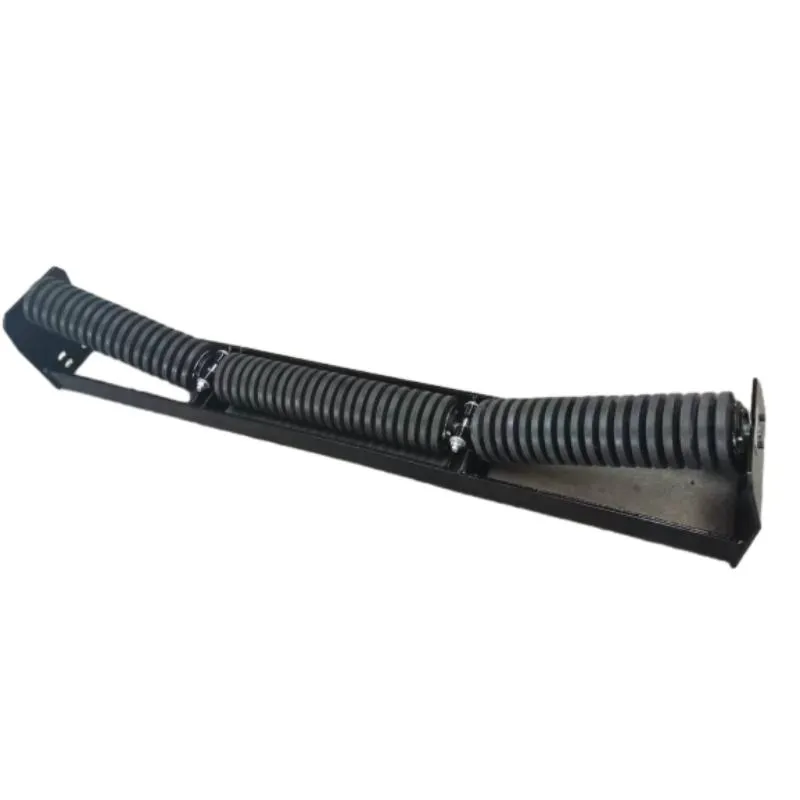 Afrikaans
Afrikaans  Albanian
Albanian  Amharic
Amharic  Arabic
Arabic  Armenian
Armenian  Azerbaijani
Azerbaijani  Basque
Basque  Belarusian
Belarusian  Bengali
Bengali  Bosnian
Bosnian  Bulgarian
Bulgarian  Catalan
Catalan  Cebuano
Cebuano  Corsican
Corsican  Croatian
Croatian  Czech
Czech  Danish
Danish  Dutch
Dutch  English
English  Esperanto
Esperanto  Estonian
Estonian  Finnish
Finnish  French
French  Frisian
Frisian  Galician
Galician  Georgian
Georgian  German
German  Greek
Greek  Gujarati
Gujarati  Haitian Creole
Haitian Creole  hausa
hausa  hawaiian
hawaiian  Hebrew
Hebrew  Hindi
Hindi  Miao
Miao  Hungarian
Hungarian  Icelandic
Icelandic  igbo
igbo  Indonesian
Indonesian  irish
irish  Italian
Italian  Japanese
Japanese  Javanese
Javanese  Kannada
Kannada  kazakh
kazakh  Khmer
Khmer  Rwandese
Rwandese  Korean
Korean  Kurdish
Kurdish  Kyrgyz
Kyrgyz  Lao
Lao  Latin
Latin  Latvian
Latvian  Lithuanian
Lithuanian  Luxembourgish
Luxembourgish  Macedonian
Macedonian  Malgashi
Malgashi  Malay
Malay  Malayalam
Malayalam  Maltese
Maltese  Maori
Maori  Marathi
Marathi  Mongolian
Mongolian  Myanmar
Myanmar  Nepali
Nepali  Norwegian
Norwegian  Norwegian
Norwegian  Occitan
Occitan  Pashto
Pashto  Persian
Persian  Polish
Polish  Portuguese
Portuguese  Punjabi
Punjabi  Romanian
Romanian  Russian
Russian  Samoan
Samoan  Scottish Gaelic
Scottish Gaelic  Serbian
Serbian  Sesotho
Sesotho  Shona
Shona  Sindhi
Sindhi  Sinhala
Sinhala  Slovak
Slovak  Slovenian
Slovenian  Somali
Somali  Spanish
Spanish  Sundanese
Sundanese  Swahili
Swahili  Swedish
Swedish  Tagalog
Tagalog  Tajik
Tajik  Tamil
Tamil  Tatar
Tatar  Telugu
Telugu  Thai
Thai  Turkish
Turkish  Turkmen
Turkmen  Ukrainian
Ukrainian  Urdu
Urdu  Uighur
Uighur  Uzbek
Uzbek  Vietnamese
Vietnamese  Welsh
Welsh  Bantu
Bantu  Yiddish
Yiddish  Yoruba
Yoruba  Zulu
Zulu Optimizing Roller Lagging for Enhanced Performance and Durability in Conveyor Systems
The Importance of Roller Lagging in Industrial Applications
Roller lagging is a critical component used in various industrial settings, particularly in the mining, agriculture, and manufacturing sectors. It involves the application of a durable material, typically rubber, to the surface of conveyor rollers. This process enhances the performance and longevity of the rollers, providing significant benefits to the operations they support.
One of the primary functions of roller lagging is to improve the friction between the conveyor belt and the rollers. In many industrial processes, the effective movement of materials is essential. Roller lagging provides a coefficient of friction that ensures the conveyor belt transfers materials smoothly and efficiently. This is especially important in heavy-duty applications, where the excessive load can cause slippage. With well-lagged rollers, the risk of slippage is minimized, allowing for a consistent and reliable transport of goods.
Furthermore, the wear and tear of conveyor components are significant concerns in industrial operations. Roller lagging acts as a protective layer, absorbing the impact and reducing the wear on the underlying metal rollers. This protective feature extends the lifespan of the rollers, which in turn reduces maintenance costs and downtime. For industries that rely heavily on continuous operation, such as mining and aggregate production, minimizing downtime can lead to substantial cost savings and increased productivity.
roller lagging

The choice of material used for roller lagging is also crucial
. While rubber is the most common choice, various formulations are available to cater to specific needs. For instance, some applications may require lagging that is resistant to abrasives, chemicals, or extreme temperatures. The ability to customize the lagging material allows industries to adapt to their operational requirements, enhancing efficiency and safety. For instance, using high-friction lagging can significantly improve the performance of inclines and declines on conveyor systems, making it easier to transport materials at various angles.Another significant aspect of roller lagging is its role in reducing noise levels in the workplace. Industrial settings can often be quite loud, which can contribute to a hostile work environment. Lagging materials, particularly those designed for sound dampening, can help mitigate this issue. Lower noise levels not only create a more pleasant work environment but also contribute to employee health and safety, as excessive noise can lead to hearing loss and other health problems over time.
Additionally, the installation of roller lagging can enhance the overall safety of the conveyor system. Smooth, well-lagged rollers minimize the risk of conveyor belt derailment and reduce the chances of accidents caused by slipping or falling materials. Safety is paramount in industrial operations, and the incorporation of roller lagging is a proactive measure in ensuring a safer workplace.
In summary, roller lagging is an essential component in the efficiency and safety of conveyor systems across various industries. It improves friction, minimizes wear and tear, reduces noise, and enhances safety, contributing significantly to operational effectiveness. As industries continue to evolve, the importance of high-quality roller lagging will remain paramount in maintaining productivity and ensuring a safe and effective work environment. By investing in advanced roller lagging solutions, businesses can position themselves for success in an increasingly competitive market.
-
Revolutionizing Conveyor Reliability with Advanced Rubber Lagging PulleysNewsJul.22,2025
-
Powering Precision and Durability with Expert Manufacturers of Conveyor ComponentsNewsJul.22,2025
-
Optimizing Conveyor Systems with Advanced Conveyor AccessoriesNewsJul.22,2025
-
Maximize Conveyor Efficiency with Quality Conveyor Idler PulleysNewsJul.22,2025
-
Future-Proof Your Conveyor System with High-Performance Polyurethane RollerNewsJul.22,2025
-
Driving Efficiency Forward with Quality Idlers and RollersNewsJul.22,2025





























